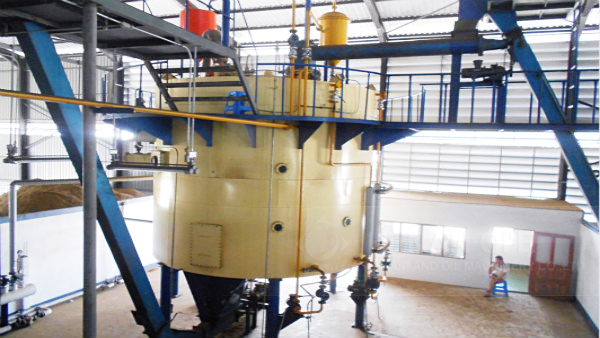
When it comes to optimizing soybean oil production for international markets, choosing between mechanical pressing and solvent extraction isn’t just a technical decision—it’s a strategic one that impacts cost efficiency, environmental compliance, and product quality. For exporters aiming to scale sustainably, understanding the real-world differences is key.
| Criteria | Mechanical Pressing | Solvent Extraction |
|---|---|---|
| Oil Recovery Rate (%) | 65–75% | 95–98% |
| Energy Consumption (kWh/kg oil) | ~1.5–2.0 | ~0.8–1.2 |
| Environmental Impact | Low emissions, minimal waste | Requires solvent recovery systems; higher VOCs if not managed well |
| Capital Investment (USD per ton/day) | $15,000–$30,000 | $50,000–$100,000+ |
For small- to mid-scale producers targeting niche organic or premium markets, mechanical pressing offers a cleaner footprint and simpler operation—ideal for EU or North American buyers who prioritize sustainability certifications like ISO 14001 or USDA Organic. However, for large-volume export operations aiming at cost-effective bulk supply to Asia or the Middle East, solvent extraction delivers unmatched yield and consistency.
A case study from a Vietnamese exporter shows how switching from 100% mechanical pressing to a hybrid system (pre-press + solvent extraction) increased daily output by 40%, reduced raw material waste by 15%, and improved FFA levels in final oil from 1.2% to 0.5%. This allowed them to meet stricter EU import standards while cutting transportation costs per kg of finished oil.
In contrast, a Brazilian facility using only mechanical pressing reported lower energy bills but struggled with inconsistent moisture content in meal byproduct—a challenge for feed manufacturers requiring stable protein levels.

The choice isn't binary—it's about aligning your process with market expectations, regulatory frameworks, and long-term scalability. If you're exporting to regions with strict food safety norms (like Japan or Germany), investing in solvent extraction with robust QA/QC protocols may be non-negotiable—even if upfront costs are higher.
But don’t rush into automation without assessing your current capacity. Many successful exporters start with a phased approach: use mechanical pressing for initial batches to build brand credibility, then integrate solvent extraction as demand grows.
Are you producing for volume or premium? Is your target market more sensitive to price or certification? Do you have access to skilled operators for complex solvent systems—or would a plug-and-play solution better suit your team?
These aren’t just questions—they’re signals that guide smarter investment decisions. Whether you're scaling up or re-engineering an existing plant, the right extraction method can make the difference between being a supplier and becoming a trusted partner.
If you’re ready to optimize your soybean oil production for global competitiveness, let’s talk about how to design a system that scales with your business—not against it.
Download Our Free Production Optimization Checklist for Exporters
